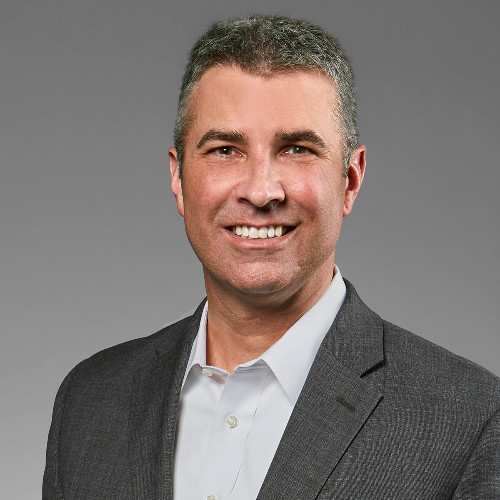Blue Cross first Minnesota health plan to introduce role committed to gender care
June 22, 2020Current and recent events like the COVID-19 pandemic, the tragic murder of George Floyd and ongoing violence against the transgender community are laying bare inequities that exist throughout our state, country and world.
Blue Cross and Blue Shield of Minnesota continuously looks for ways to meaningfully address the health inequities facing communities across Minnesota. This commitment is rooted in our belief that all people, regardless of race, income, ZIP code or other factors, should have opportunities to live the healthiest lives possible.
For the transgender and non-binary community, significant health inequities exist, and the impacts of those inequities are well documented—especially when it comes to access to health care and insurance coverage.
Blue Cross’ work to provide inclusive and equitable care
While new evidence continues to mount about the inequities facing this community, this topic is not new to Blue Cross. In 2016, Blue Cross started an innovative Gender Care and Service initiative—a unique endeavor that combined community engagement and action learning across the company, with the end goal of providing more inclusive and equitable care and service to transgender Minnesotans.
Through the initiative, it became clear that transgender Minnesotans experience multiple barriers to achieving their best health outcomes. While there are numerous complex solutions to these problems, we also discovered many simple things for our organization to do to improve care and service for this community—and in turn, all Minnesotans.
“To deliver on [our] promise [to ensure all have equal opportunity to live a healthy life], we need to address barriers, biases, disparities and gaps at every point in our care system.”
“In the LGBTQ community, transgender and non-binary people have faced significant and burdensome barriers to health care for far too long and we want to stand up and take action to address this,” says Dr. Craig Samitt, president and CEO of Blue Cross and Blue Shield of Minnesota. “Our end goal is that all Minnesotans have an equal opportunity to live a healthy life. To deliver on that promise, we need to address barriers, biases, disparities and gaps at every point in our care system.”
 To date, efforts of the Gender Care and Service initiative have included:
To date, efforts of the Gender Care and Service initiative have included:
- Creating and updating policies, products and processes, including internal policies related to gender identity in the workplace and ensuring access to restrooms and locker room facilities that correspond to associates’ gender identity or expression
- Increased training opportunities for all associates
- Enhanced trainings for clinicians, clinical staff and customer service leadership
- Provider engagement
- Improved network solutions
“This work is essential, both for the communities we serve and as an integral part of our reinvention of health care,” says Ani Koch, senior program manager of community integration and leader of the Gender Care and Service initiative. “As we’ve seen in recent days, rights to equal health care for the LGBTQ community continue to be debated in many spaces. As a company, we are committed to standing with and for the LGBTQ community and improving our business to address disparities and achieve equity.”
"This work is essential, both for the communities we serve and as an integral part of our reinvention of health care."
Expert guidance through first of its kind position in Minnesota
Most recently, this initiative launched a navigation and expert care guidance program for transgender and non-binary members, resulting in the creation of a Gender Services Consultant position. This role is the first position of its kind within a Minnesota health plan.
Alex Jackson Nelson recently joined Blue Cross in this role, in which he will support and advocate the needs of transgender and non-binary members across the continuum of care, including navigating complex care systems. Through this work, Alex will help empower members in organizing their care and managing health conditions to help improve their overall health and wellbeing.
“By creating and investing in this position, Blue Cross is standing with and advocating for the transgender and gender non-binary community, working to ensure their needs are met.”
“The transgender community has long been overlooked in health care, facing discrimination and experiencing multiple inequities,” says Jackson Nelson. “I have worked as an advocate in the trans community as a community member, case manager and mental health practitioner for more than twenty years.”
“Having experienced the struggle of navigating health systems personally and professionally, I am thrilled to be in this new role,” he says. “By creating and investing in this position, Blue Cross is standing with and advocating for the transgender and gender non-binary community, working to ensure their needs are met.”
Blue Cross’ commitment to gender care
This position is the latest critical component in this initiative and demonstrates our commitment to equity and inclusion in words and actions. Because by improving the care, service and environment for those experiencing health disparities, the care, service and environment is improved for all members, associates and communities we serve.
More information can be found on our website.




Thank you! So very glad you are taking this step, as a parent of a beautiful transgender daughter who is looking forward to GCS that will allow her to fully realize her true self. She does not live in Minnesota, but we do, so knowing that other trans youth will have access to quality services and skilled clinical care gives me hope.